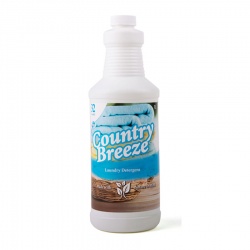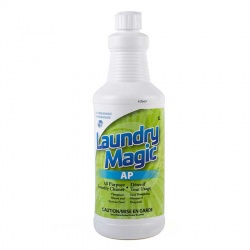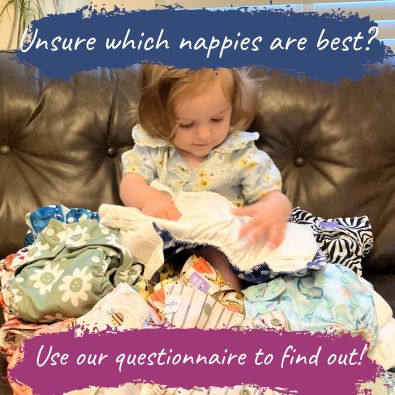How to Wash Reusable Nappies
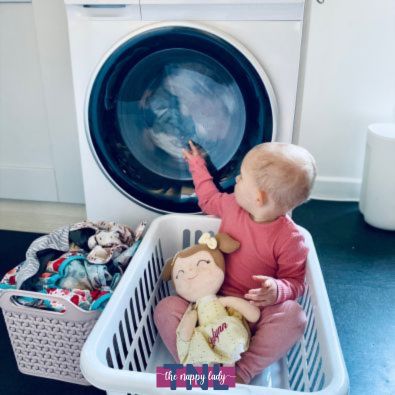
Cleaning cloth nappies doesn't need to be difficult. Below are our Basic and our Full guides to how to wash cloth nappies in a front loader washing machine which are the type we have in the UK. Click here for full details of how to dry your nappies.
Basic Washing Details
For people who want to know the absolute very basics to get clean cloth nappies and that's all.
In summary washing reusable nappies in 4 steps:
1. Load the machine no more than 3/4 full when dry - basically don't overfill it.
2. Run a rinse or quick wash cycle without detergent. NOT a prewash but a separate rinse or quick wash cycle.
3. Long 40/60 deg wash temperature, preferably at least 2 hours long and using lots of water.
- -A cottons wash is usually the best option to choose.
- -Avoid an eco wash.
- -Add a detergent recommended by your nappy brand (commonly powder rather than liquid detergent).
- -Your detergent dose should be proportional to the size of washing load you've put in, e.g. if you have a 3/4 full drum use a 3/4 dose, half a drum load then use detergent for a half load.
- -NEVER any fabric softener.
4. Dry nappies. Ideally air dry but if you tumble only do this on low.

Full Washing Details
These are full details on how to wash nappies for people who want to know everything on how to wash properly and why!
It's very simple! When you take the cloth nappy off your child, remove any disposable liners, flush any poo down the toilet and put the nappy and any reusable fleece liners in the nappy bucket. If your nappy system uses a wrap then you do not need to change the wrap with every nappy. You only change the wrap if it gets soiled, or at the end of the day (or night). If any poo has missed the liner and the nappy itself has got soiled, you may prefer to rinse it through before it goes into the nappy bucket, to stop any stains from setting.
Before your dirty nappies go into your nappy bucket/bag make sure all hook and loop fastenings are done up so that they cannot catch on stray loops, otherwise your nappies will all end up in a big ball. Some nappies come with laundry tabs and can be folded back on themselves. Otherwise you can simply do the nappy or wrap up on the widest setting and turn it inside out. This also protects the loop (soft) velcro, as well as stopping the hook velcro from doing any damage.
Storing soiled nappies before washing: Dry pailing v Soaking Storage
Traditionally nappies would be soaked in a bucket before washing, but we don't recommend this now. Just place your nappies in a dry bucket (dry pailing) until you're ready to wash them and then your washing machine will do all the hard work.
It is much easier to load the nappies into the washing machine from a dry bucket and you can also keep your nappy wraps in the bucket along with the nappies. There will be no significant smell from the nappy bucket. Do not leave your soiled nappies in the nappy bucket longer than 2 days before washing, as extended time left soiled can damage nappy fabrics (see our separate article here.)
If you decide to soak your nappies you should only use plain water. Soaking does effectively pre-clean the nappies a bit, which helps keep stains from setting. However, the downside is that the nappy bucket may smell when you take the lid off, you also have to dispose of the dirty water and soaking can damage modern fabrics, elastics and fastenings.
It is also important to remember never to soak your wraps as this will cause them to lose their waterproofing.
Use of soaking agents including vinegar, bicarbonate of Soda, Napisan, bleach or harsh stain removers should never be used as they can corrode the nappy materials and effectively destroy your nappies. Please note that if any of these products are used on the nappies or accessories it will invalidate your manufacturers product guarantee. Bamboo and organic cotton are especially delicate fabrics and are particularly susceptible to harsh chemicals.
Some of our most popular buckets and mesh are:
Care of Mother-ease Nappies and Wraps
The binding on the Mother-ease products are the reason they are so fabulously waterproof so it's important to treat the binding with respect and make sure it can't get caught on velcro in the wash. When washing your Motherease wraps always protect from any velcro items. Place them in a mesh washing bag separate from anything that could catch on the binding like Velcro to keep them in excellent and reliable condition. Do not use laundry detergent products containing sodium percarbonate, hydrogen peroxide (oxygen bleach) or optical brighteners these ingredients are often listed. When combined with uric acid and ammonia, a reaction occurs causing natural fibres to dissolve. These ingredients are also harsh on nappy covers and cover binding. We sell the Motherease approved Country Breeze and Laundry Magic stain remover on our site.
Mother-ease detergents:
Step 1. Loading the Machine - Washing Load Size
Modern washing machines come in all different size drums now so there is no hard and fast rule I can tell you as to how many nappies you should/could get in a machine. You can also for example get more newborn sized nappies in a washing machine drum than you can big toddler nappies. As a guide you should be aiming to have your washing machine NO MORE than 3/4 full when dry. This will then mean that the machine looks around half full when the nappies are full of water. If you put too much into your drum and jam it full, your nappies won't have enough water to fully wash them and there won't be room for them to move around and agitate - nappies need a lot of jiggling to get washed. If you put too few in then this can unbalance your machine so they don't spin properly but can also lead to excessive detergent bubble formation. If you don't have enough nappies to make up a wash add in mucky bibs, muslins or anything that would benefit from a deep long wash (husband's football kit was known to go in occasionally!)
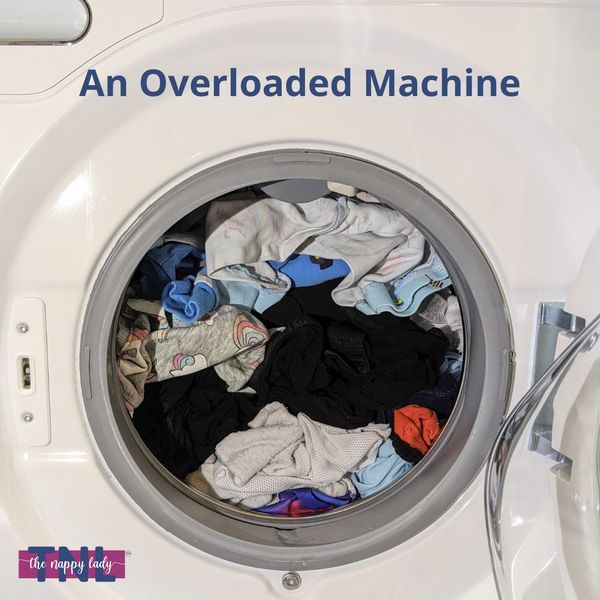
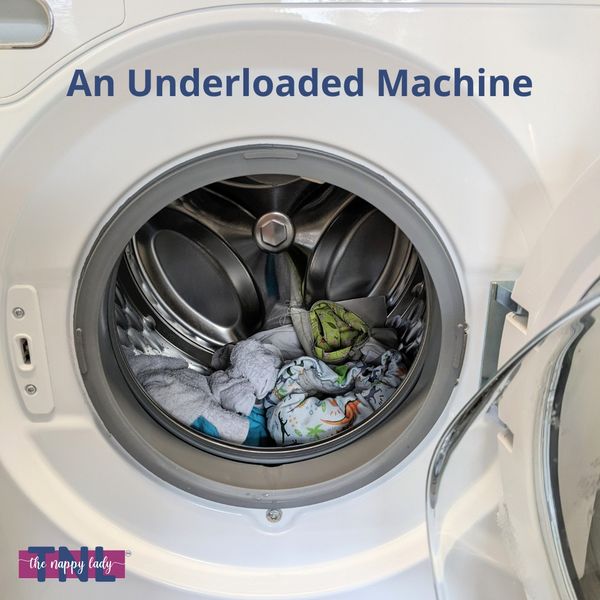
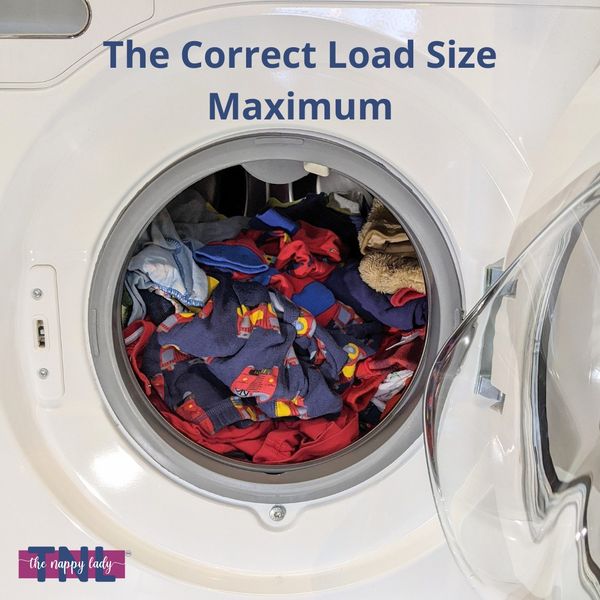
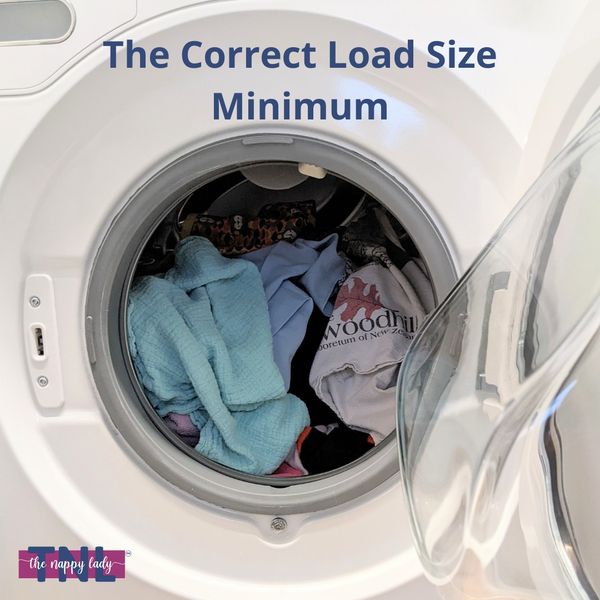
Step 2. Rinse or Quick Wash Cycle
When the time comes to do a wash, put the nappies in the machine and do a cold rinse cycle or quick wash cycle without any detergent. This first wash cycle removes any remaining solids and flushes away urine. A stand alone rinse or quick wash cycle is much better than using a wash cycle with a built-in prewash. Modern washing machines are so water efficient they often reuse water from a prewash cycle, whereas with a rinse or quick wash dirty water is always fully drained away. Cloth nappies will be heavily soiled so we don't want any of the dirty water from the initial rinse/quick wash cycle reused in the main wash. Make sure that your initial rinse uses a setting that spins and drains the nappies, so you are removing as much of the dirty water as possible.
Step 3. Main Wash Cycle
Next simply run your longest 60 or 40 degree wash depending on your nappy brand's temperature recommendation. Use an approved detergent for your nappy brand (see links below), most commonly powder as opposed to liquid detergent AND dose appropriately (see below for dosage). Ensure you pay particular attention if your nappy brand requires you to use non-bio or bio, as using the incorrect detergent can lead to damage to your nappies and your warranty being invalidated. Please refer to the care and warranty of your particular product. Recommended spin speed is 1000rpm.
The Nappy Lady believes for hygiene reasons you SHOULD wash at 60 degrees in any of the following circumstances however be aware of any warranty temperature limits:
- If your baby is under about 3 months old (whilst they have no real resistance of their own)
- If you have heavily soiled nappies
- If using Eco Balls rather than detergent (using ecoballs/ecoeggs doesn't invalidate any product guarantees however we find they really aren't good enough for washing nappies even at 60deg)
- If your baby has any history of repeated rashes or skin sensitivity
- If you have two or more babies using the same nappies
- If you live in a commune or other "open" community (your baby will not become resistant to unfamiliar bugs)
- If your baby is unwell
- Petit Lulu Nappies insist on washing at 60deg.
The wash cycle should be the longest cycles you can find on your machine and one that uses the most water, not one of the economy quick washes. A cottons cycle is usually the most appropriate. These are heavily soiled items so need a long deep wash. If you have the choice of cotton or synthetics on your machine, the cotton cycle should be used as it uses more water. If you have an "extra water" function on your machine please use it, modern washing machines are ULTRA water efficient which is generally great but when you're washing approx 15 nappies that hold 500ml each you need a lot of water to ensure they are thoroughly flushed through. If you have an efficient machine that weighs the load and adjusts the cycle length accordingly, you can 'trick' the machine into thinking that the load is heavier by adding an additional rinse at the end of your initial prewash/rinse. (This of course uses lots more water, so you may only need to do this if your machine routinely shortens the cycle chosen for your nappy wash. Popping a wet flannel or two in with the nappies can serve the same purpose if you're concerned about water costs or usage.)
Detergents
Detergent Dosage
Lots of people get very hung up on the amount of detergent they should use; in our experience people tend to over dose and forget to regularly run a maintenance cycle on their machine, leading to detergent residue in their machines too.
Our guide as a starting point is to read the packaging of your detergent and
1. Find the recommended dose for heavily soiled items, your water hardness and drum size.
2. NEXT compare to the size of your laundry load and make sure your detergent dose is PROPORTIONAL. If you have a 3/4 full drum then use 3/4 of the recommended dose you calculated above. This keeps your detergent dosage PROPORTIONAL.
Using too much detergent can result in residue building up in the fabric which can cause sensitivity, damage to the nappies, smells and leaks. If after washing they smell unclean this is a sign they've not been washed long enough, wrong dose of detergent used or too many in the machine (and/or your machine needs a maintenance cycle run). The first thing we do when we have returns, especially faulty ones, is to sniff the nappies (glamorous job being a Nappy Lady). It is unfortunately common for "faulty" items to be returned reeking of detergent and we can feel it built on the fabric, this has led to refused warranty claims by manufacturers.
Ecover
We DO NOT recommend the use of Ecover with any cloth nappies as we find it frequently causes skin issues and problems with elastic in the nappies as it tends to build up on fibres very quickly.
'Eco Friendly' Detergents
Many customers will choose to use 'eco friendly' detergents or washing eggs in order to minimise their environmental impact when doing their nappy washes and household laundry. Unfortunately we frequently find that these types of detergent just don't give a thorough enough clean for cloth nappies, and the use of them can lead to premature damage of the nappies and issues with smells and skin sensitivity. If you have used Ecover in the past we recommend you do a strip wash give the nappies a deep clean. You might prefer to continue using an eco detergent for the rest of your household laundry, keeping a small box of regular powder detergent for your nappy washing.
Fabric Conditioner
Do not use fabric conditioner, as this will affect the absorbency over time.
Spin Speed
A washing machine with a higher speed spin will reduce the amount of drying needed. However, I would recommend that you keep the spin speed around 1000rpm, because higher than this may damage some nappies, or at least make the fabric go tatty. You will know from your own experience of washing your clothes how fierce your spin facility is!
Step 4. Drying Nappies
Dry nappies. Ideally air dry but if you do use tumble drying only do this on low. Click here for full details of how to dry your nappies.
FAQ's |
|---|
Can you put reusable nappies in the washing machine?Yes absolutely. Take your nappies out of your nappy bucket or wet bag and place in your washing machine. Do a rinse cycle and then a long cotton wash and they're clean. Nappies are washed just like heavily soiled household laundry. |
How much does it cost to wash reusable nappies?Read our article comparing all the costs of using reusable nappies and single use disposable nappies. |
What do I wash nappies with?It's very simple . When you're ready to wash your cloth nappies put them in the washing machine, add non bio detergent, avoid the use of fabric softener. Do a rinse cycle followed by a long cotton wash. |
How often should you wash cloth nappies?Aim to wash your nappies every 2 days, the longest every 3 days. If you have a newborn you will initially wash daily to day and a half. |
How do you wash new reusable nappies?New reusable nappies should be washed twice before first use. This removes any manufacturing residue and loose fibres from production but importantly it fluffs the nappy fibres and increases the absorption rate and compacity of your new nappy. |
How often do you wash nappy wraps?With a two part nappy system you change the nappy part every time but the waterproof wrap is reused. As a general rule you change the wrap every 4th nappy change. For a newborn this looks like morning, early afternoon and then bedtime. For an older child this is normally morning and bedtime. Your nappy wraps can be washed with your nappies so you can store them in your nappy bucket. If you are worried about running out of nappy wraps you can wash your nappy wraps with household washing. Just ensure you don't use any fabric softener in the household washing. |
What should I store my soiled nappies in before washing?A nappy bucket with a mesh laundry bag inside or a hanging wet bag are the most usual storage methods. |
If you found this article useful try our article "how often to change a reusable nappy"
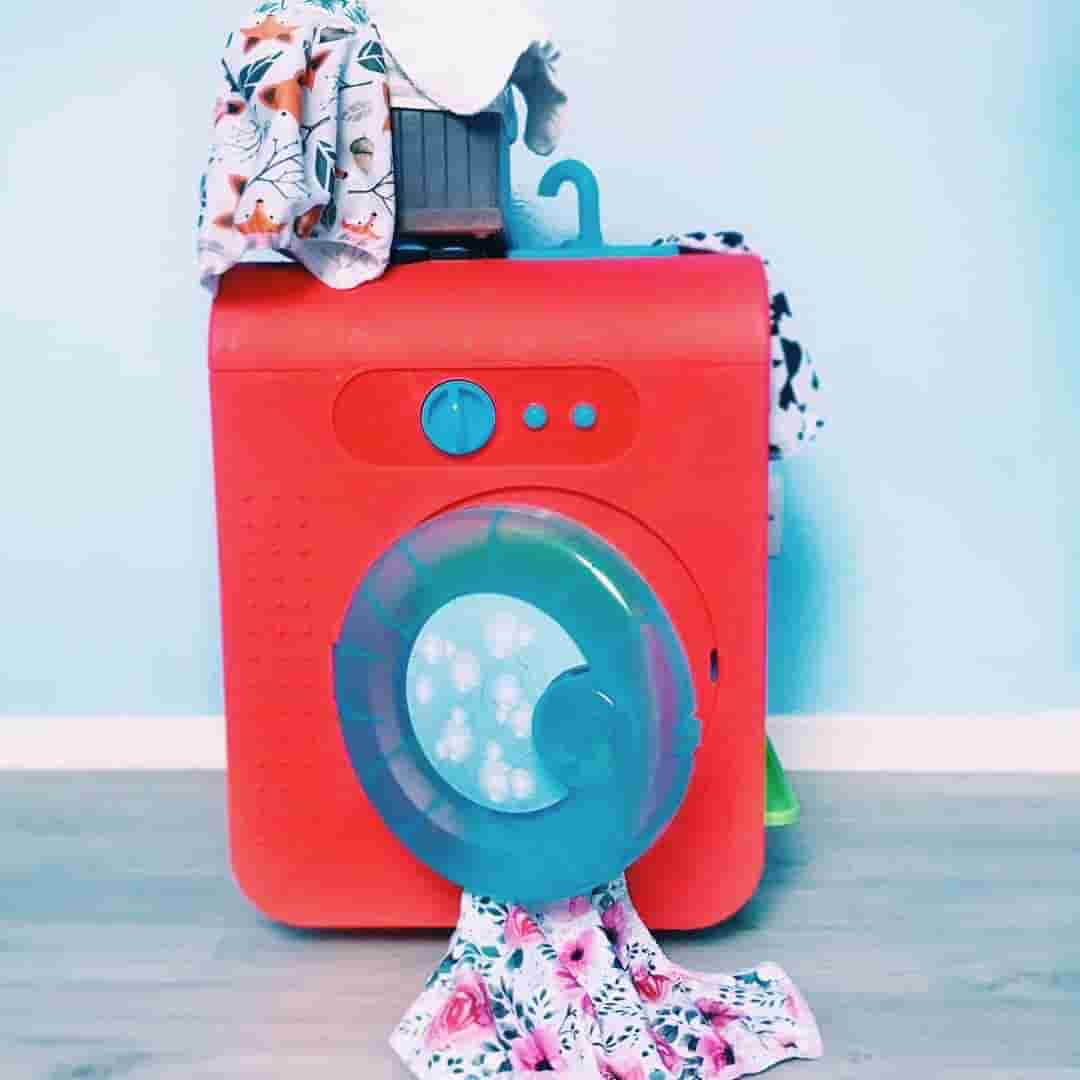
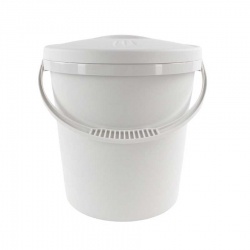
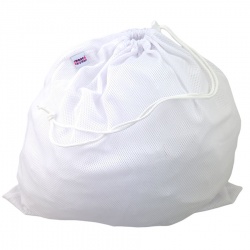
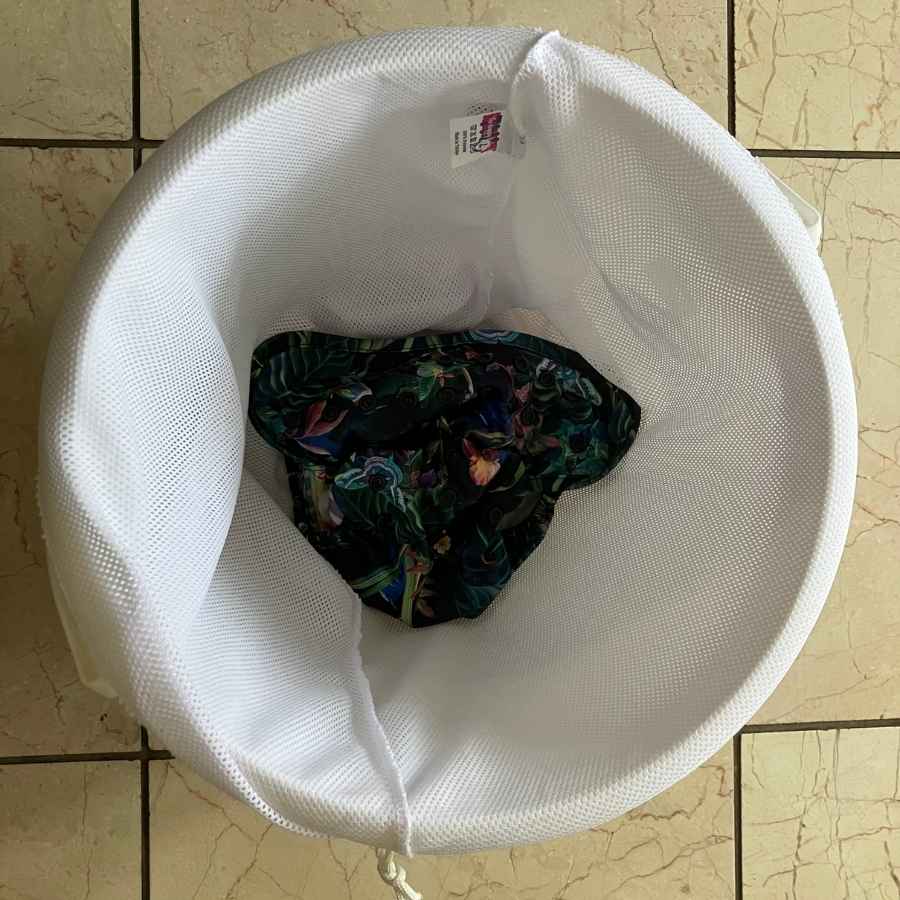
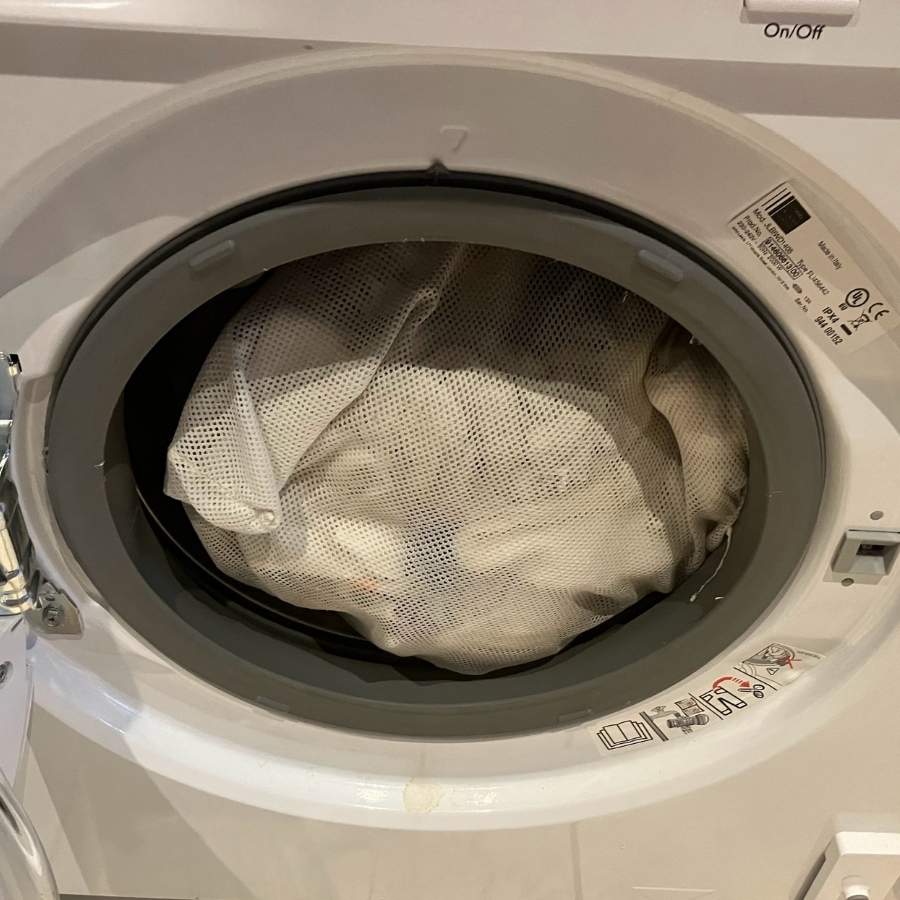
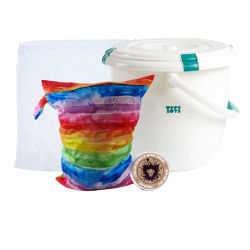
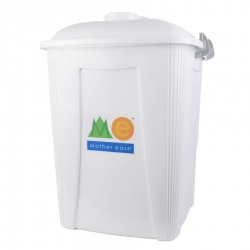
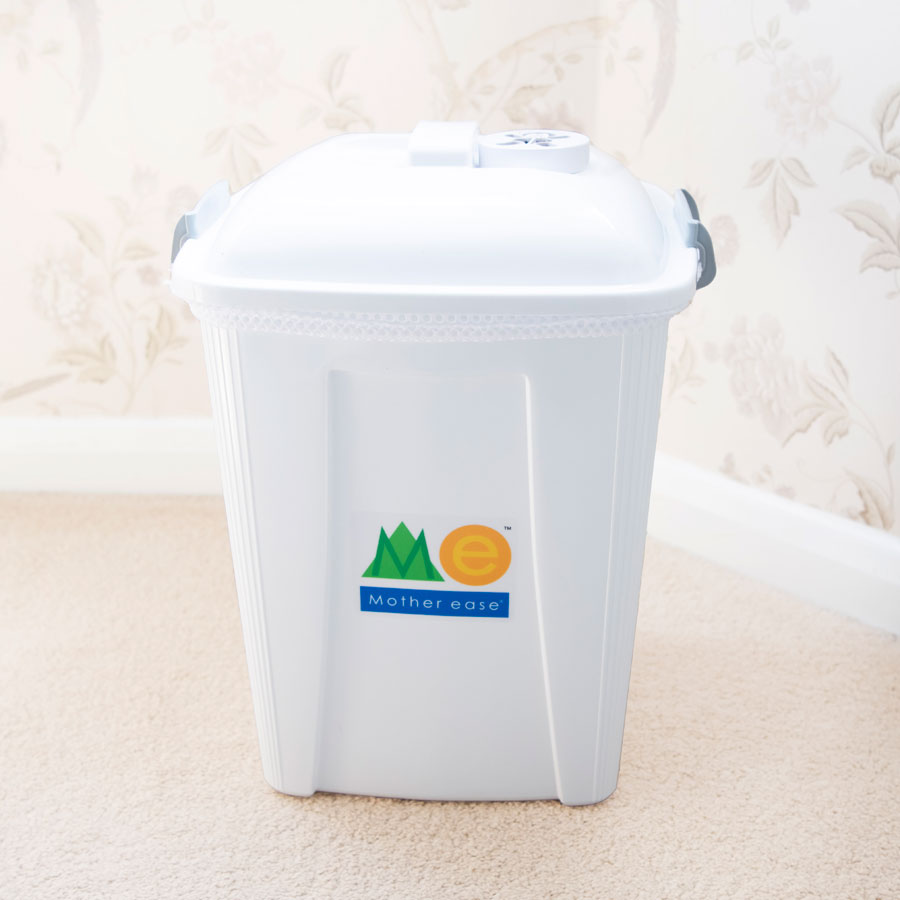
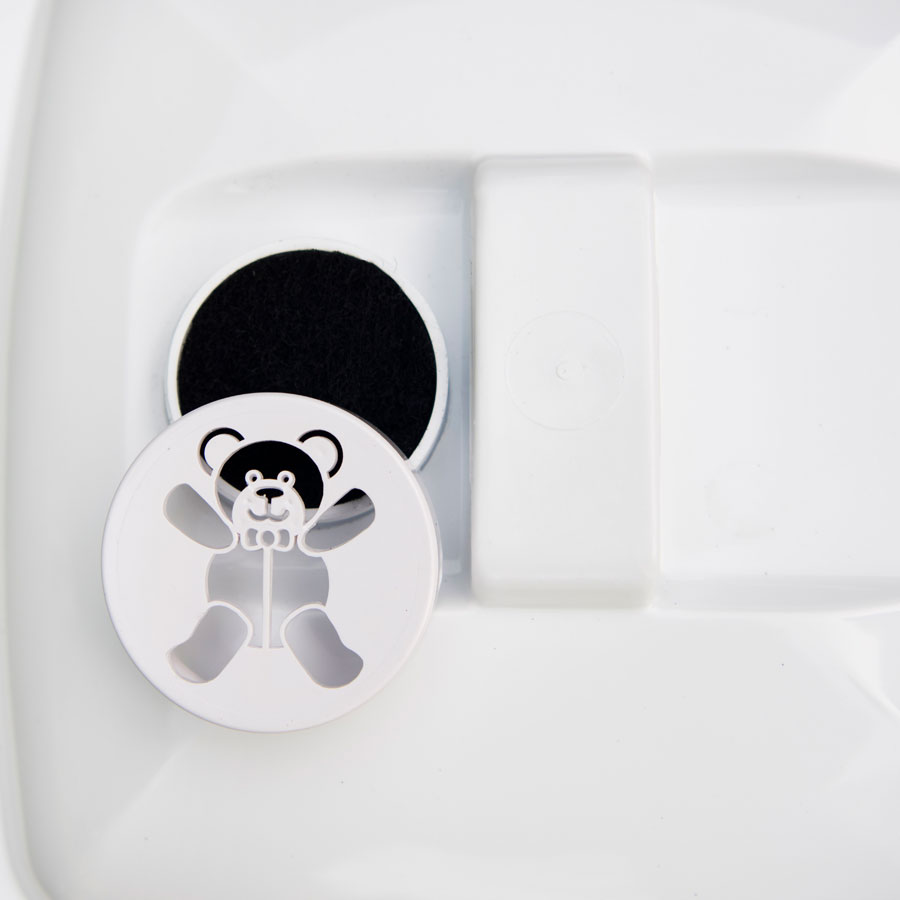
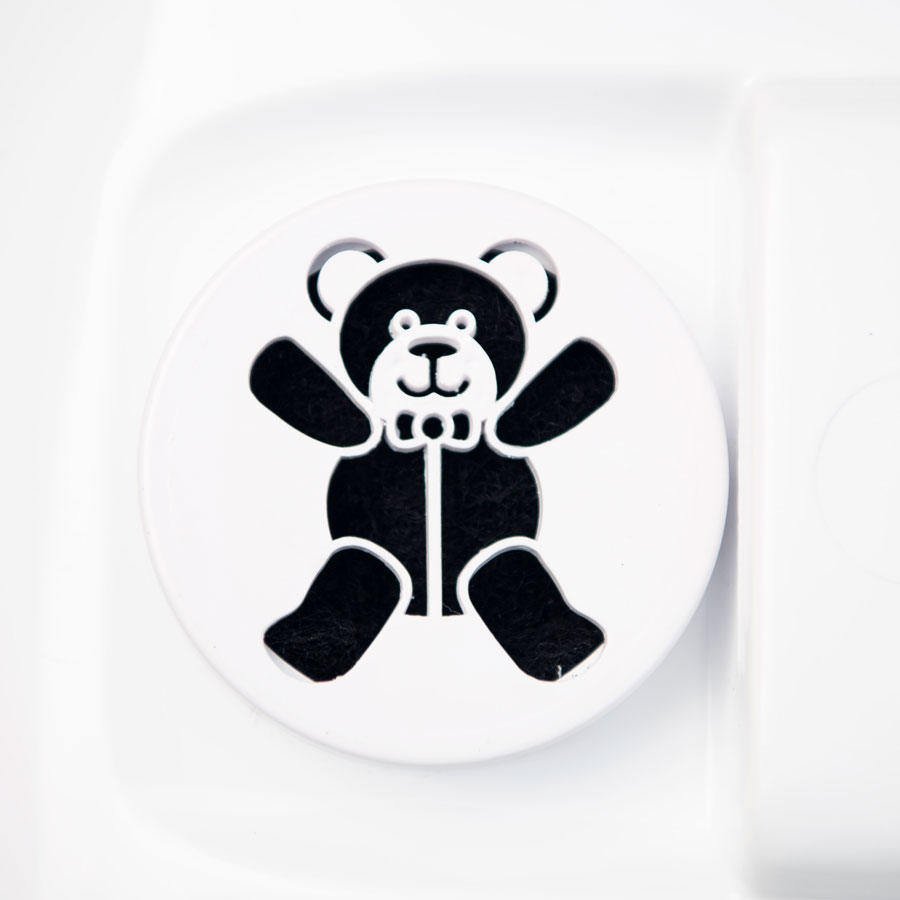
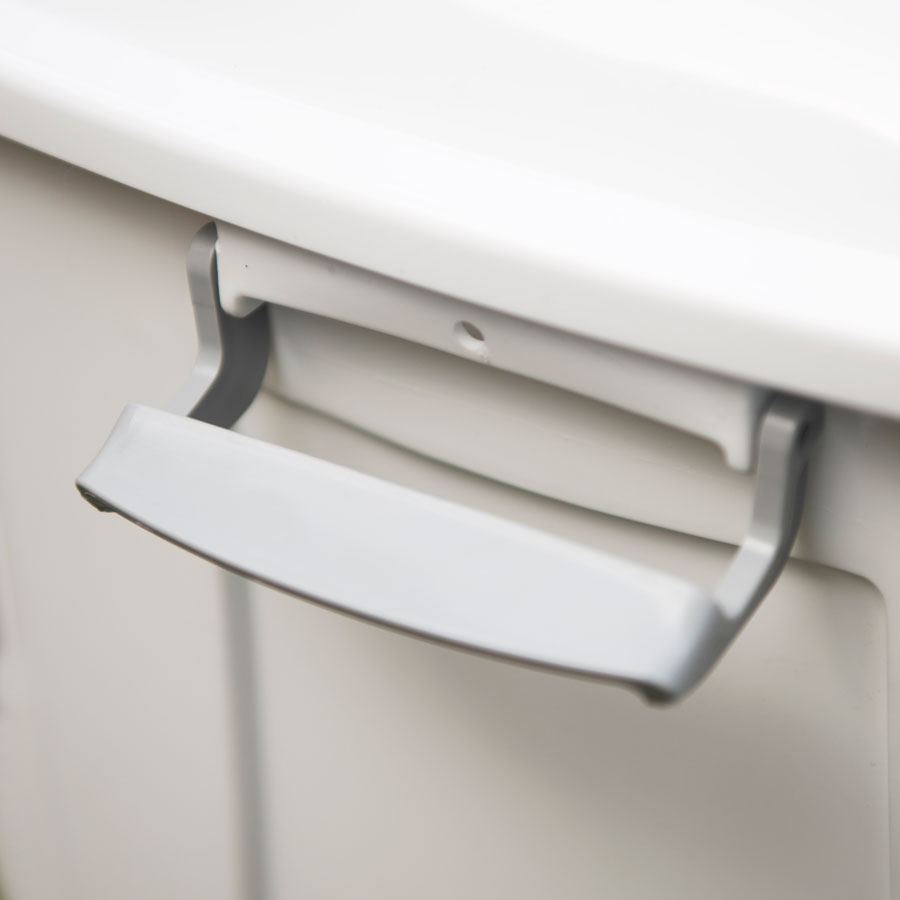

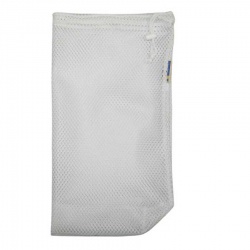
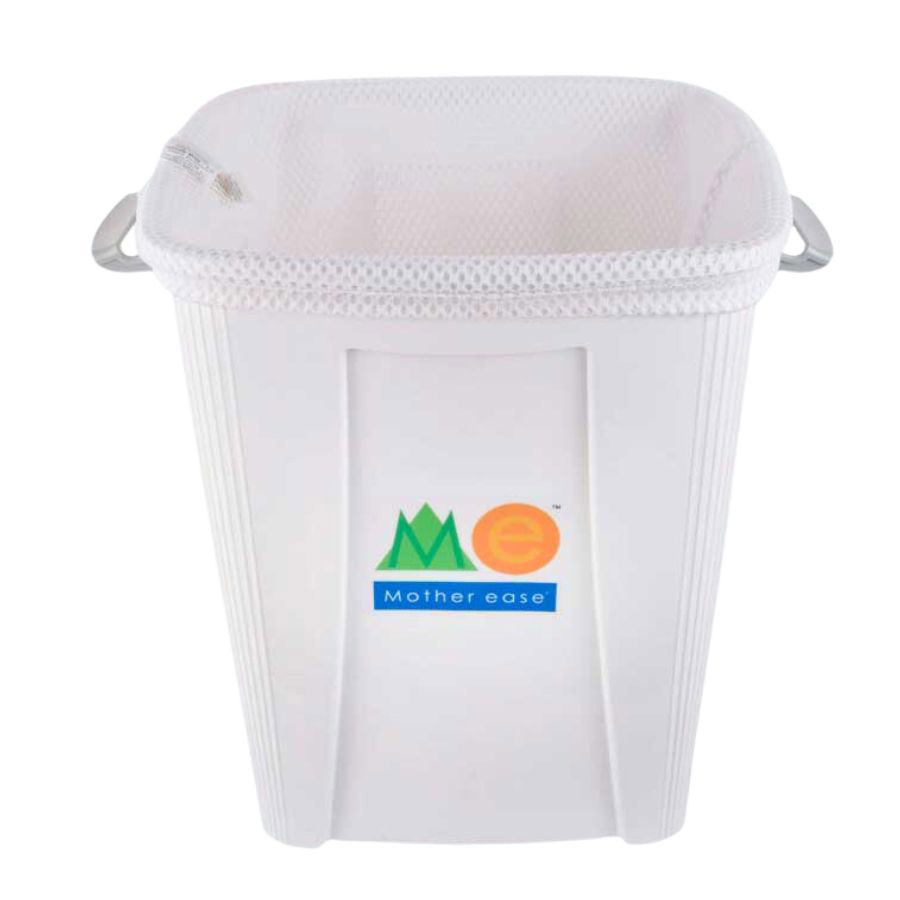
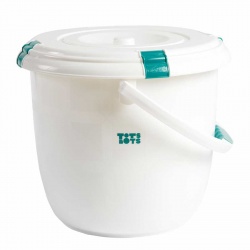
.jpg)

.jpg)
